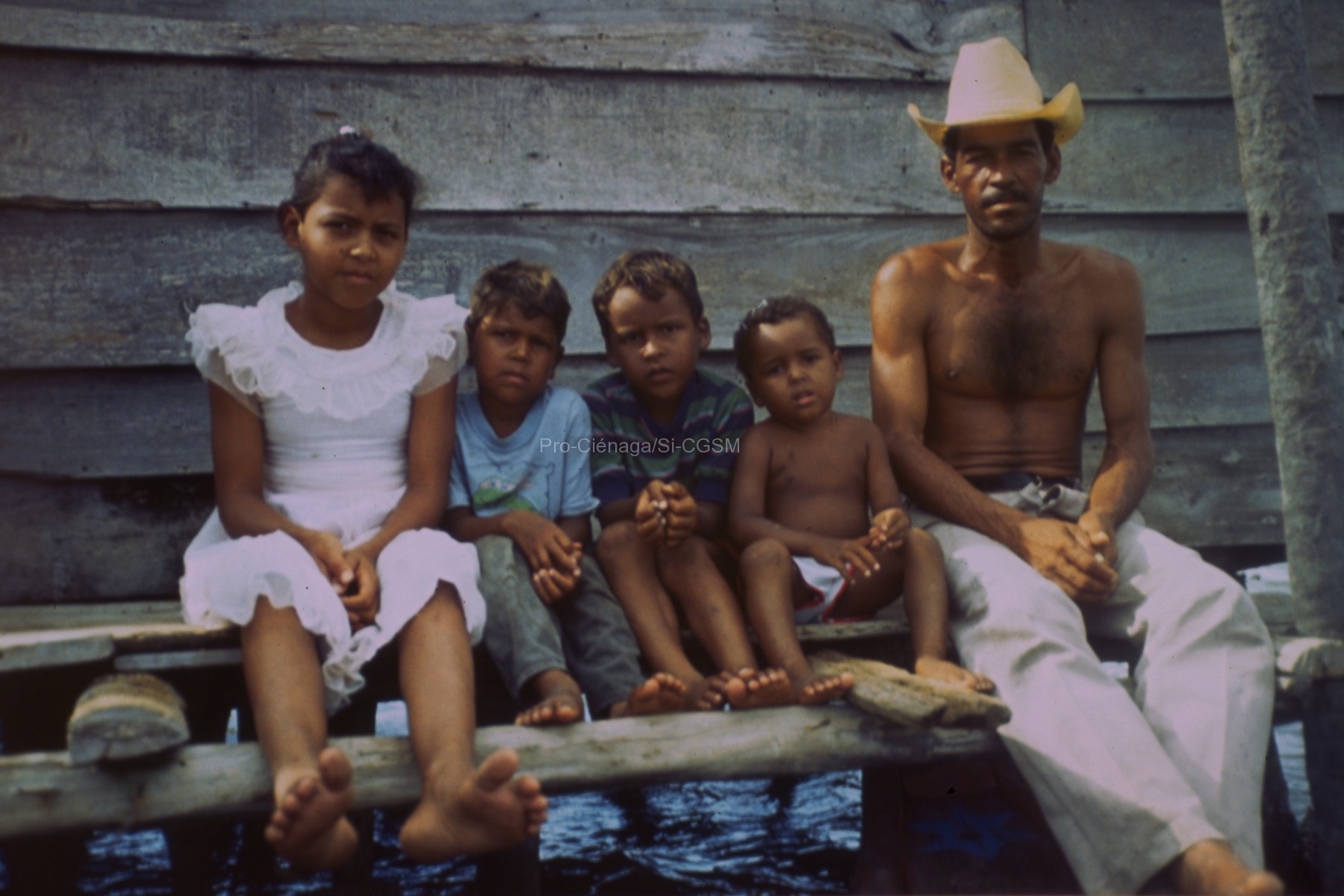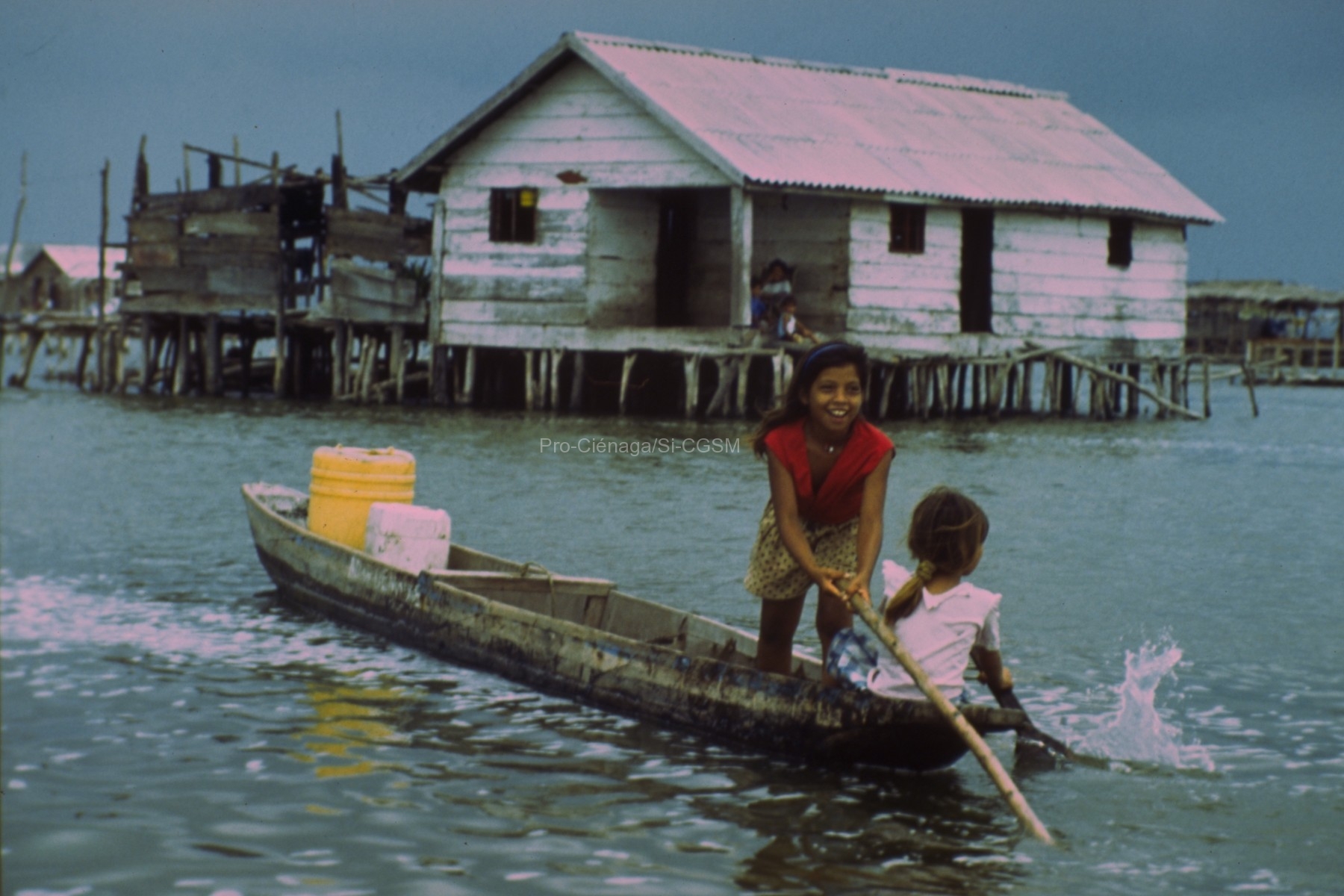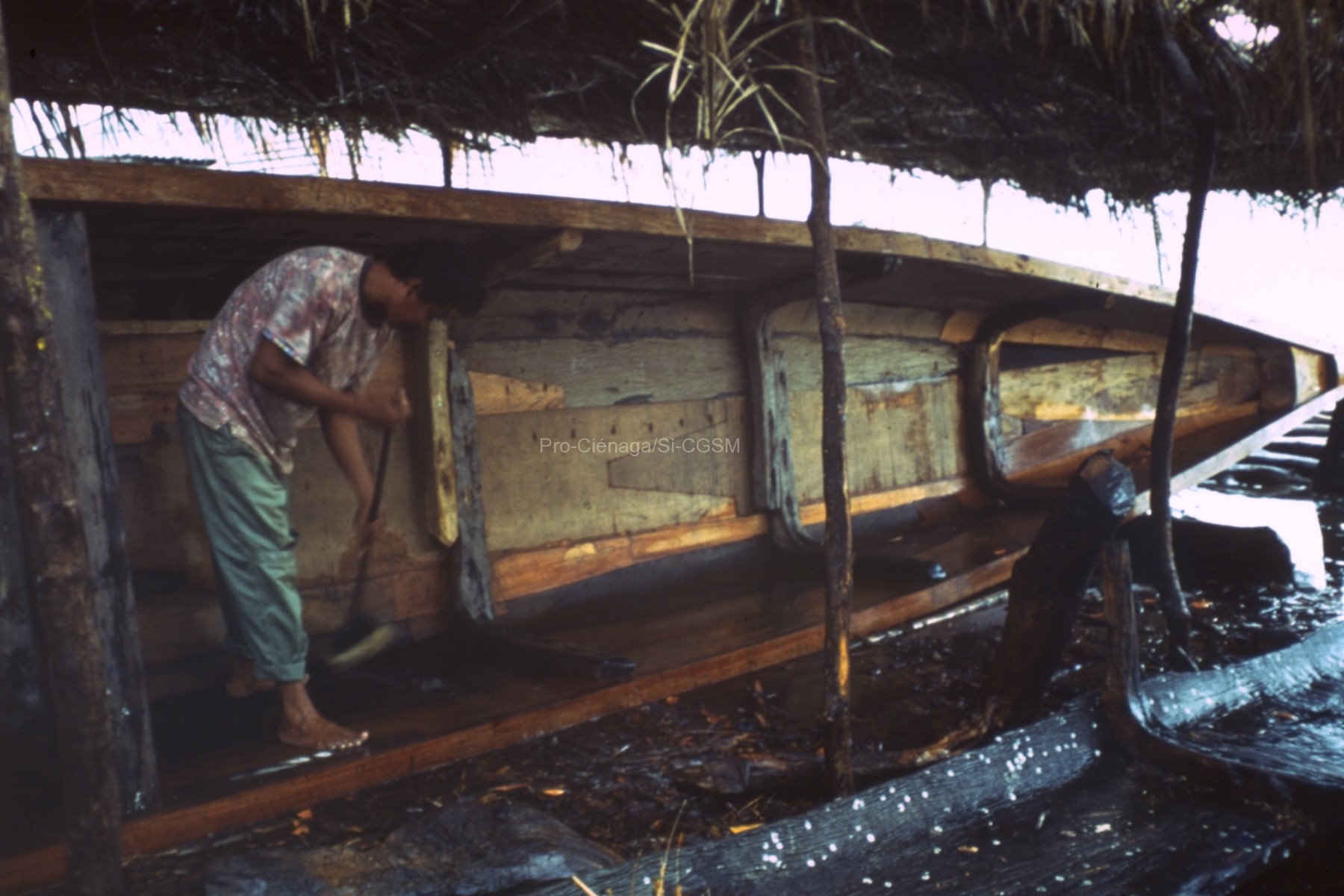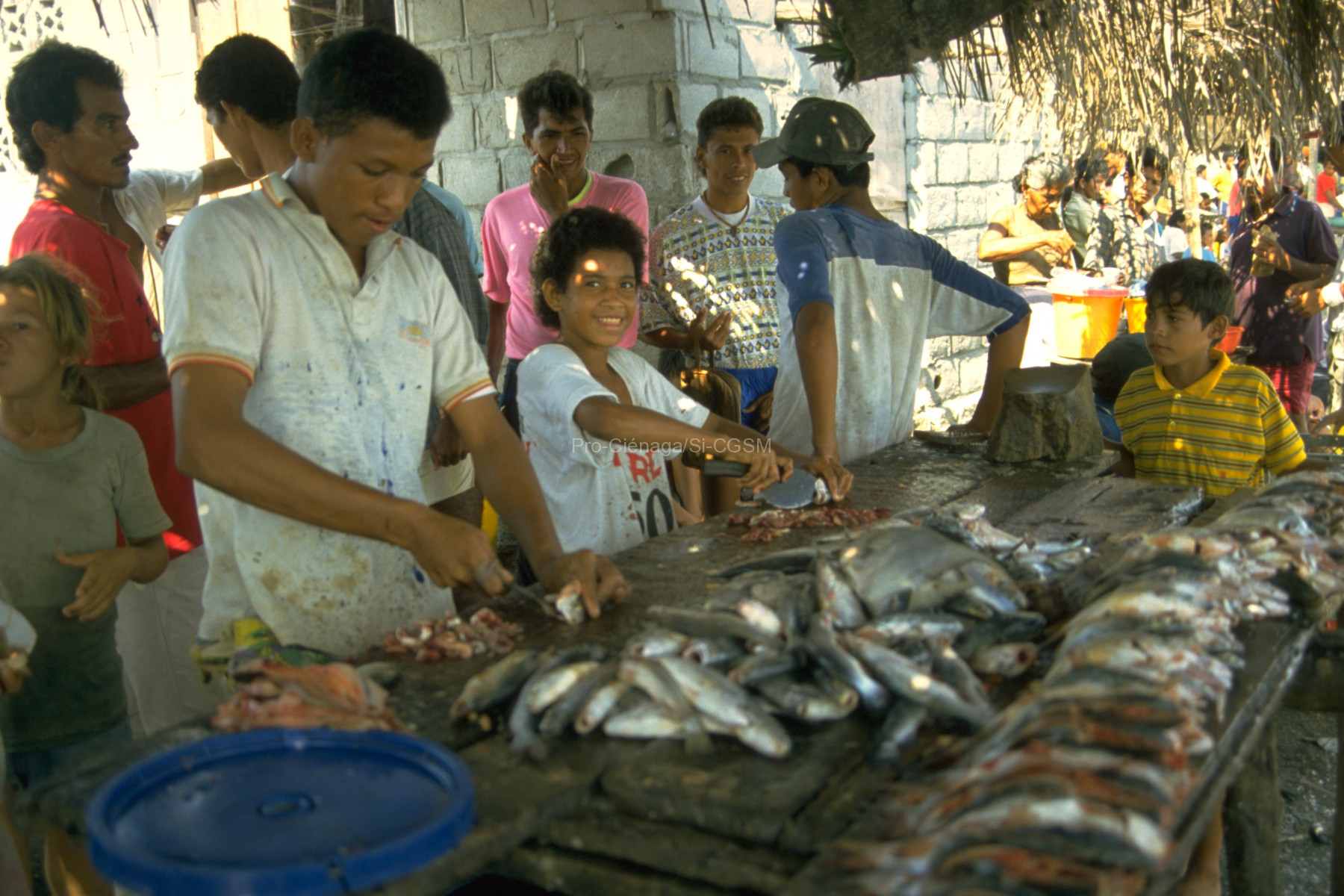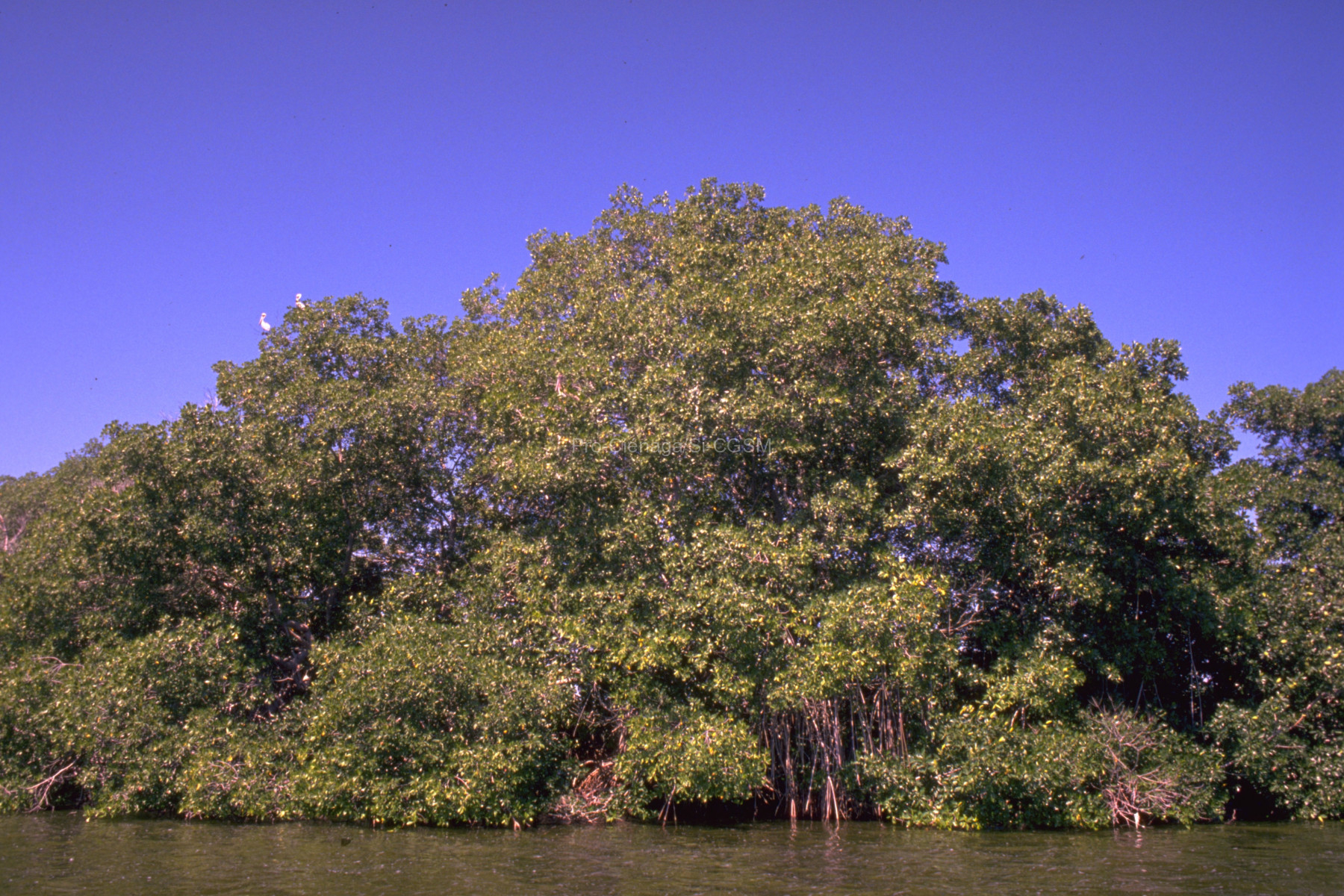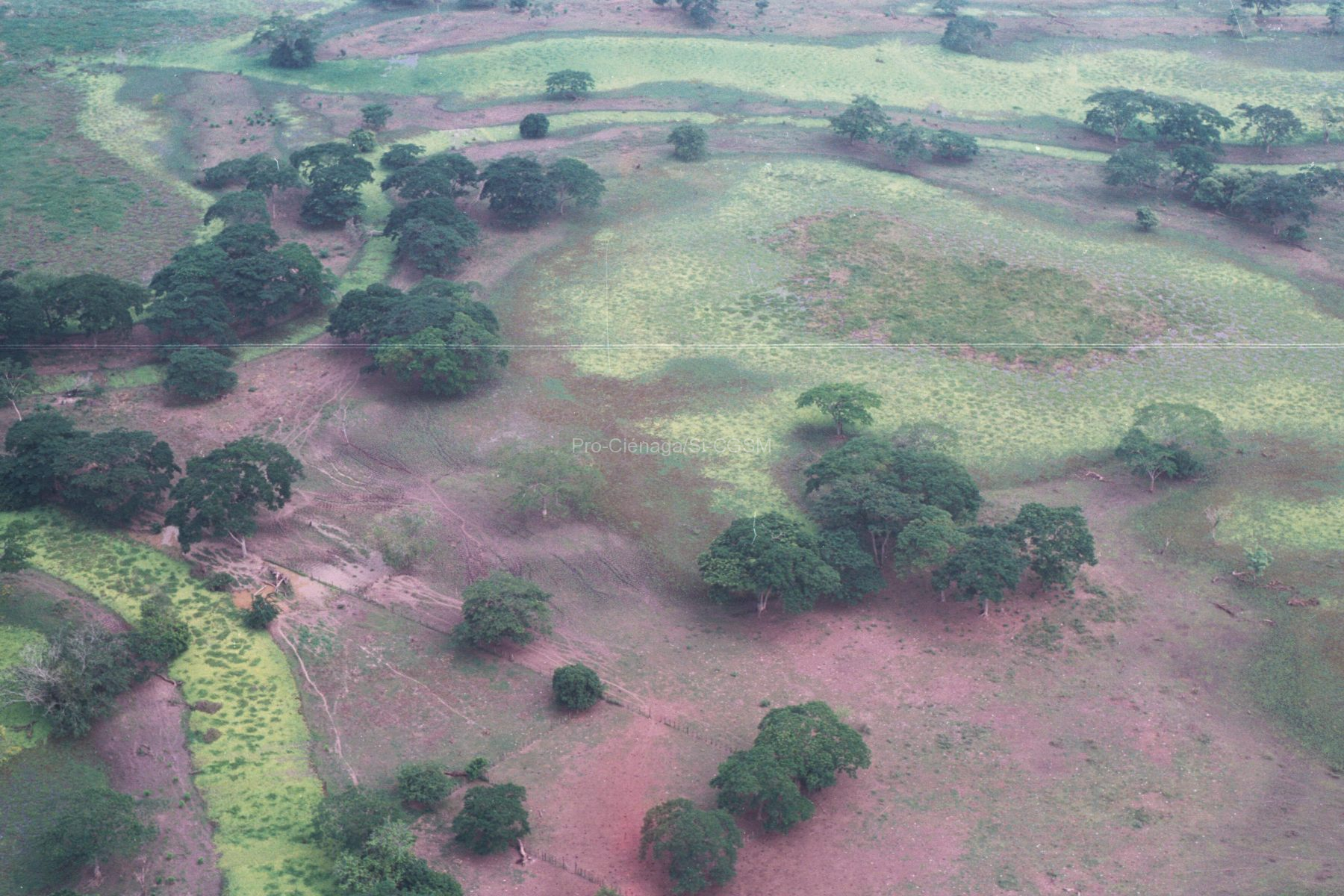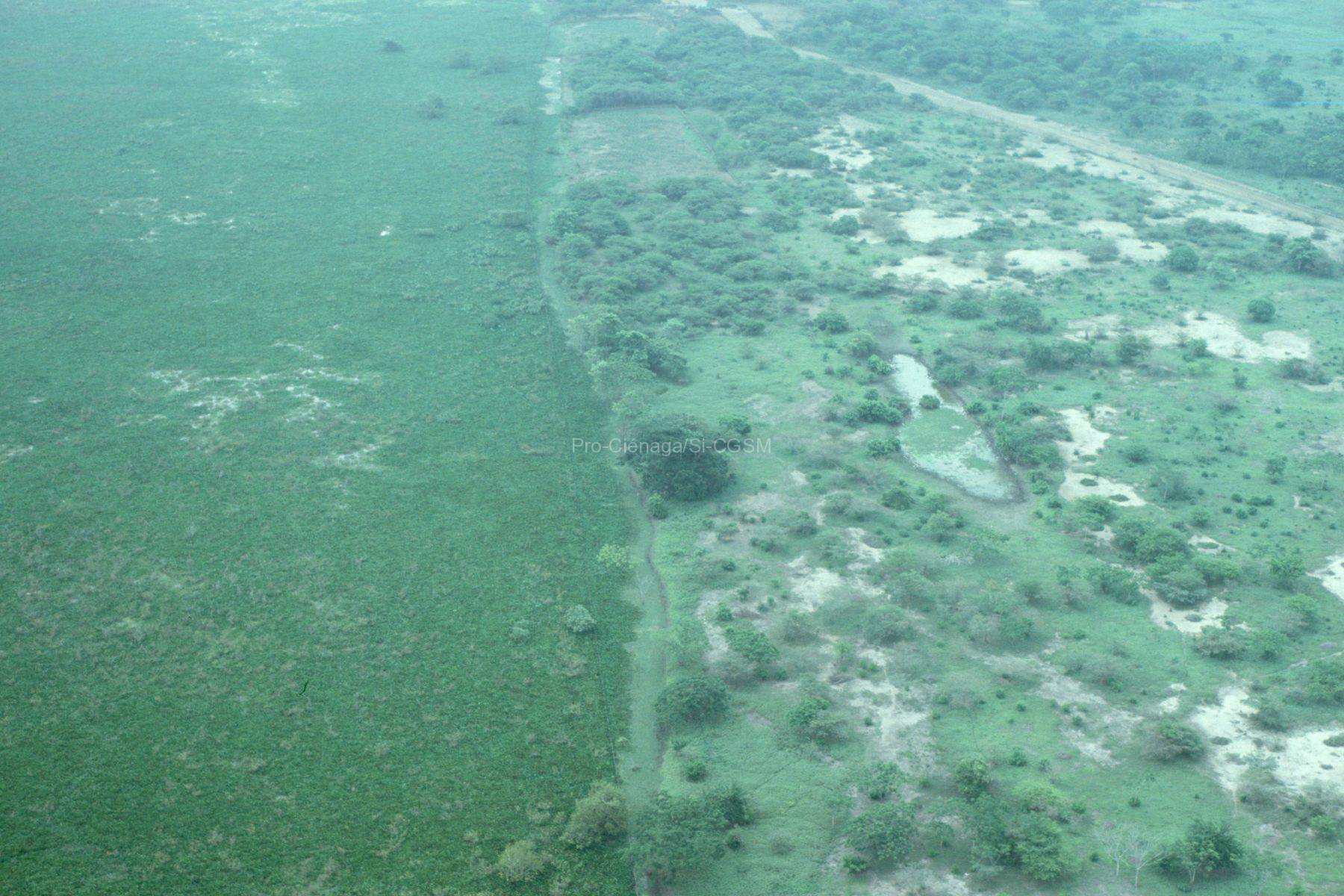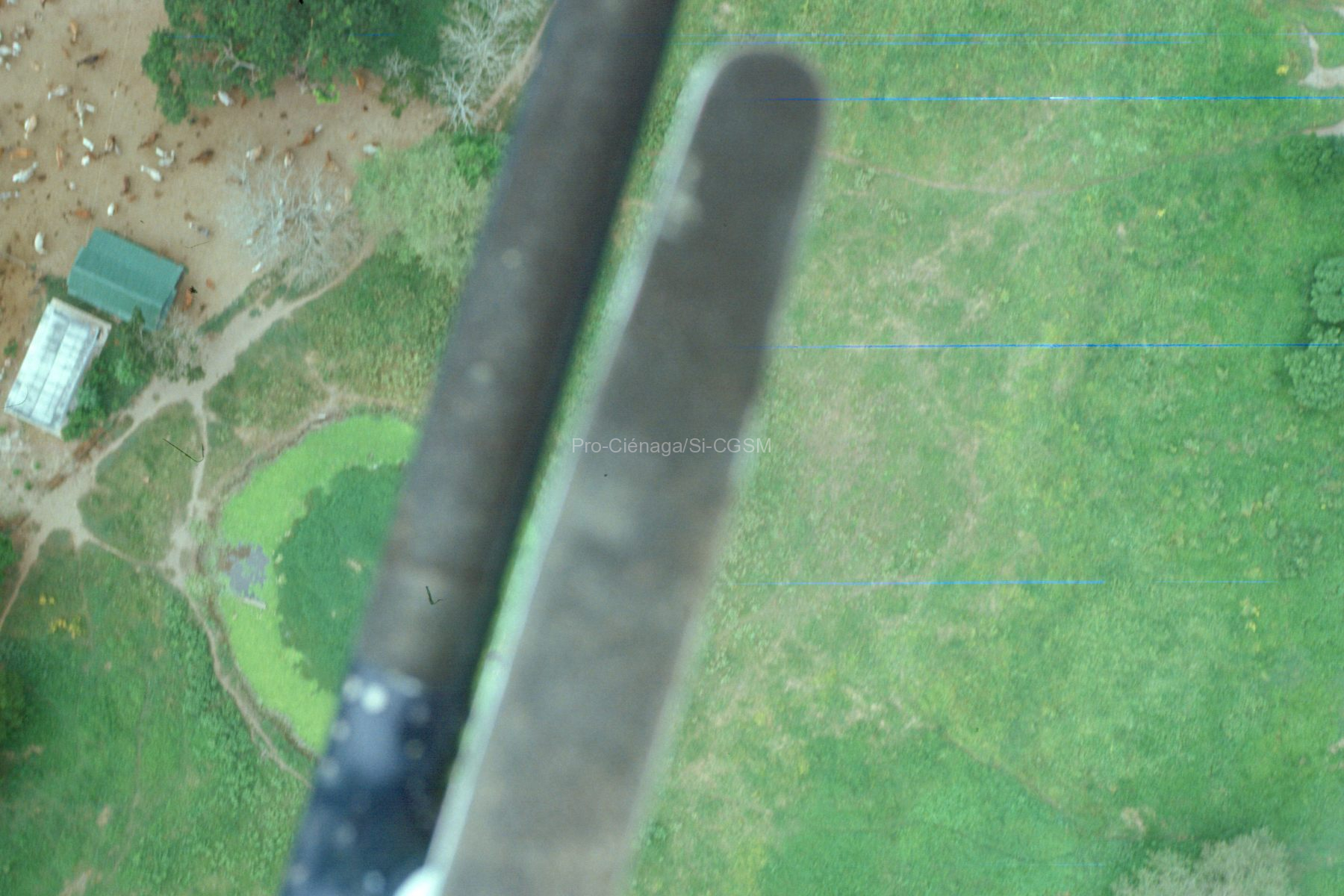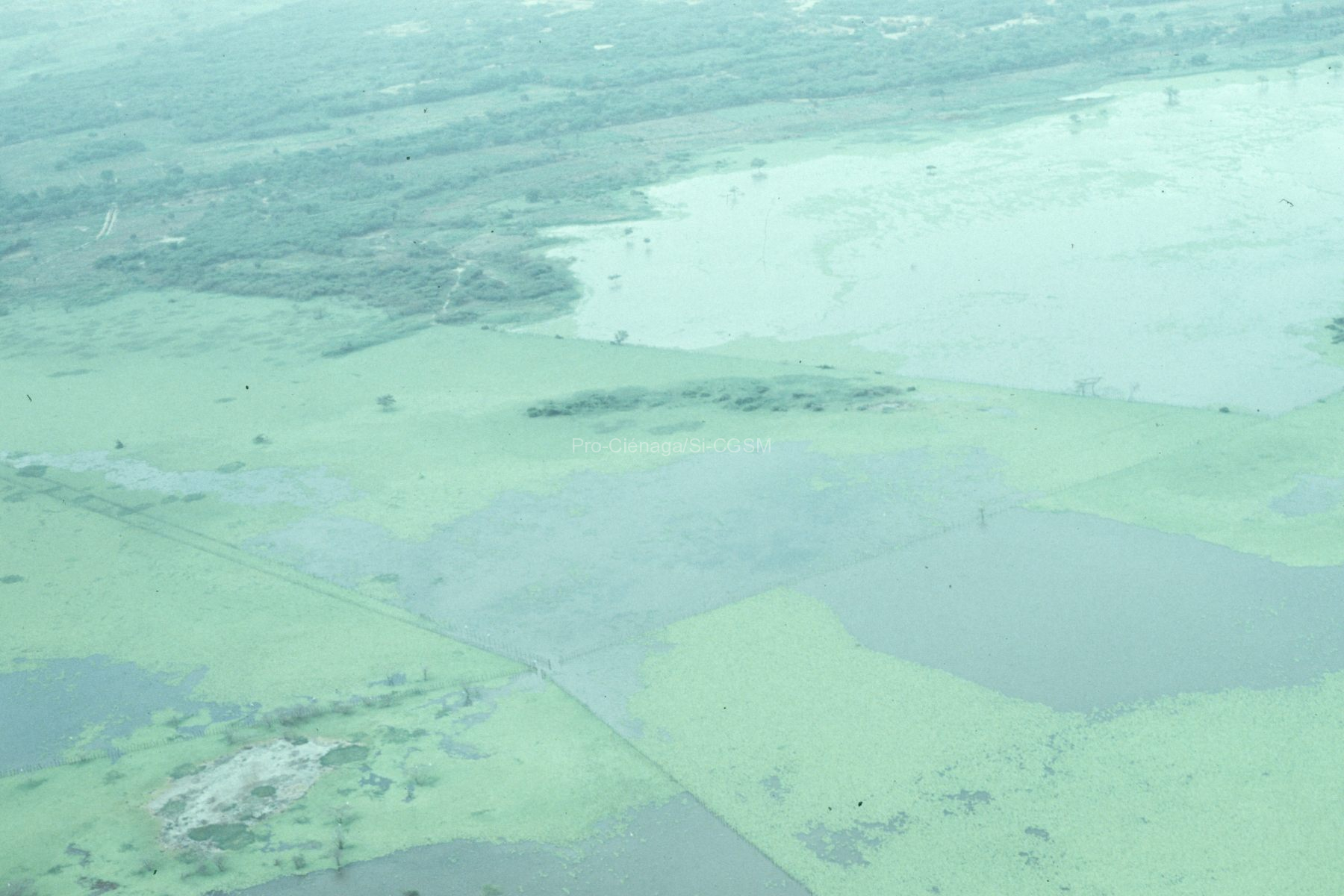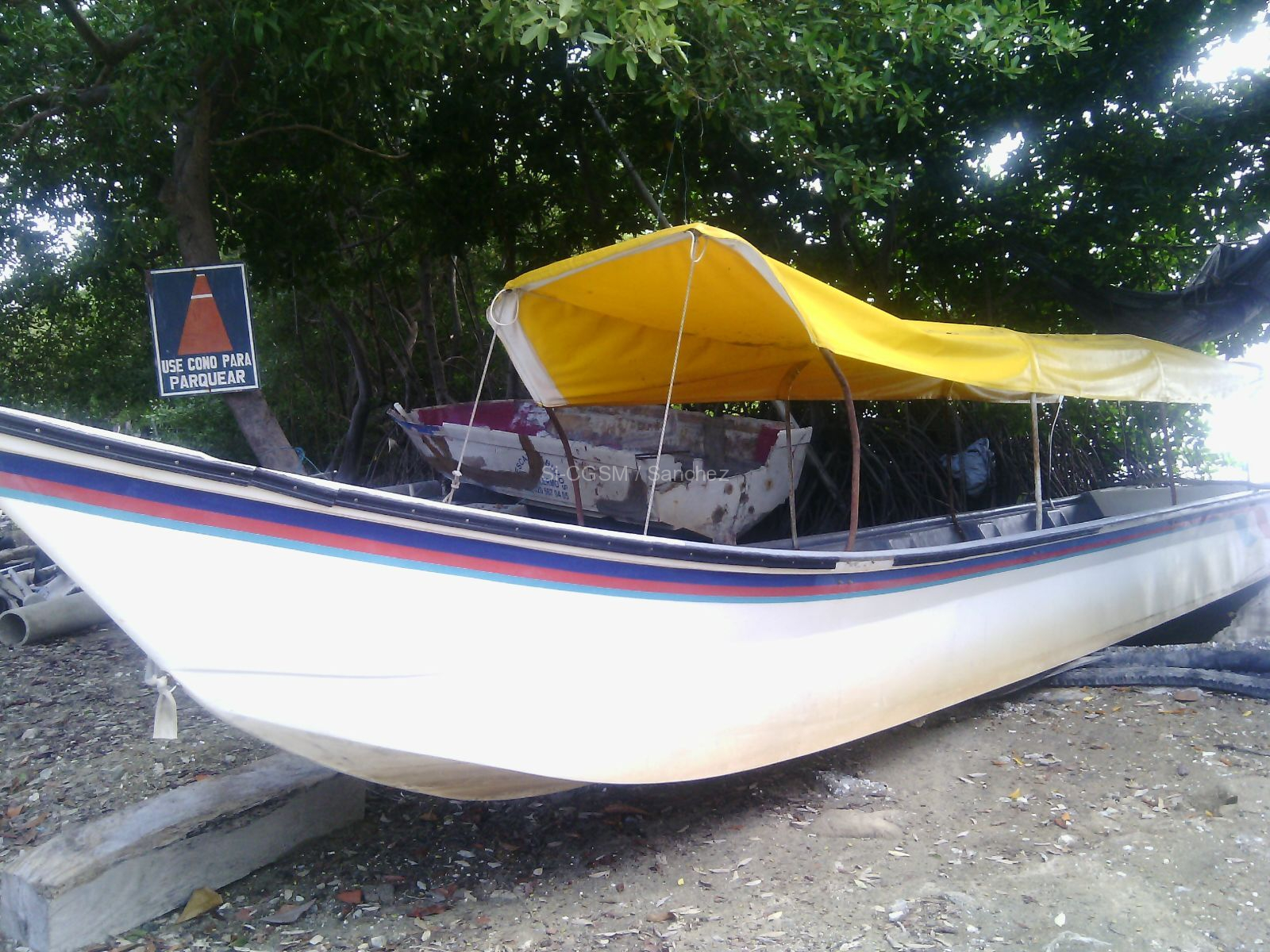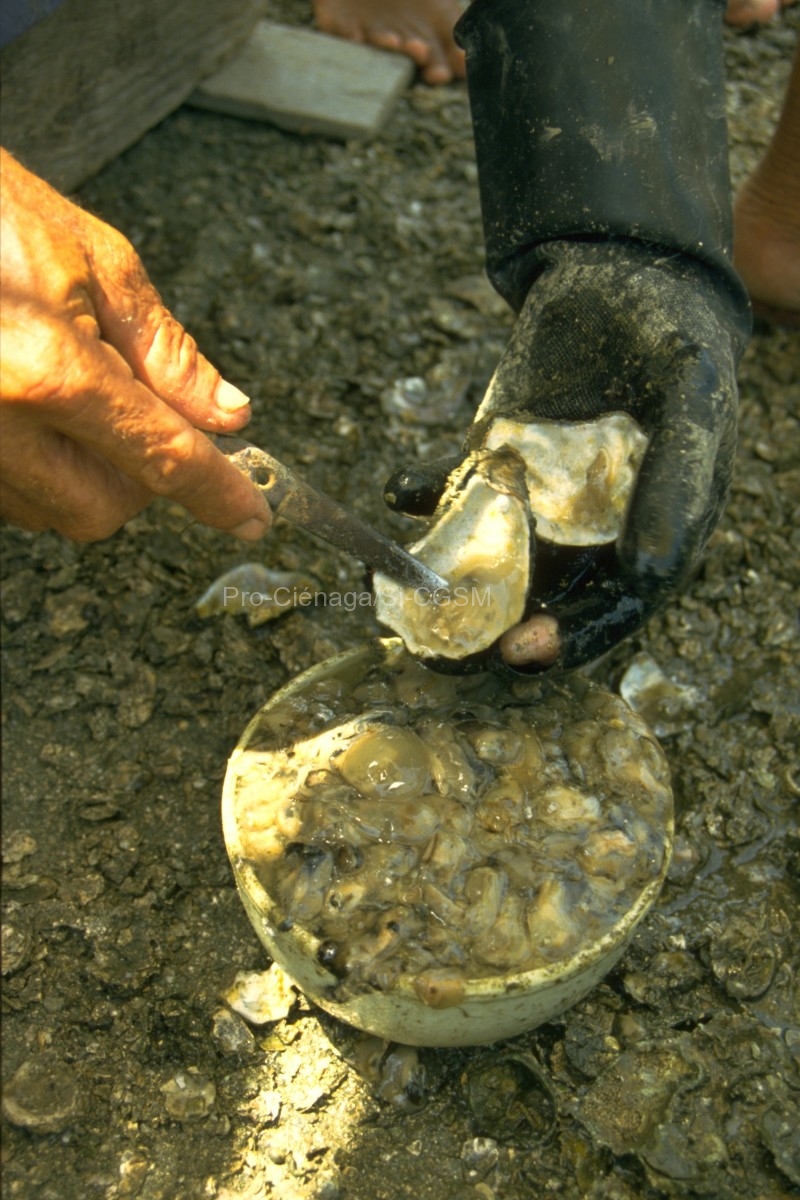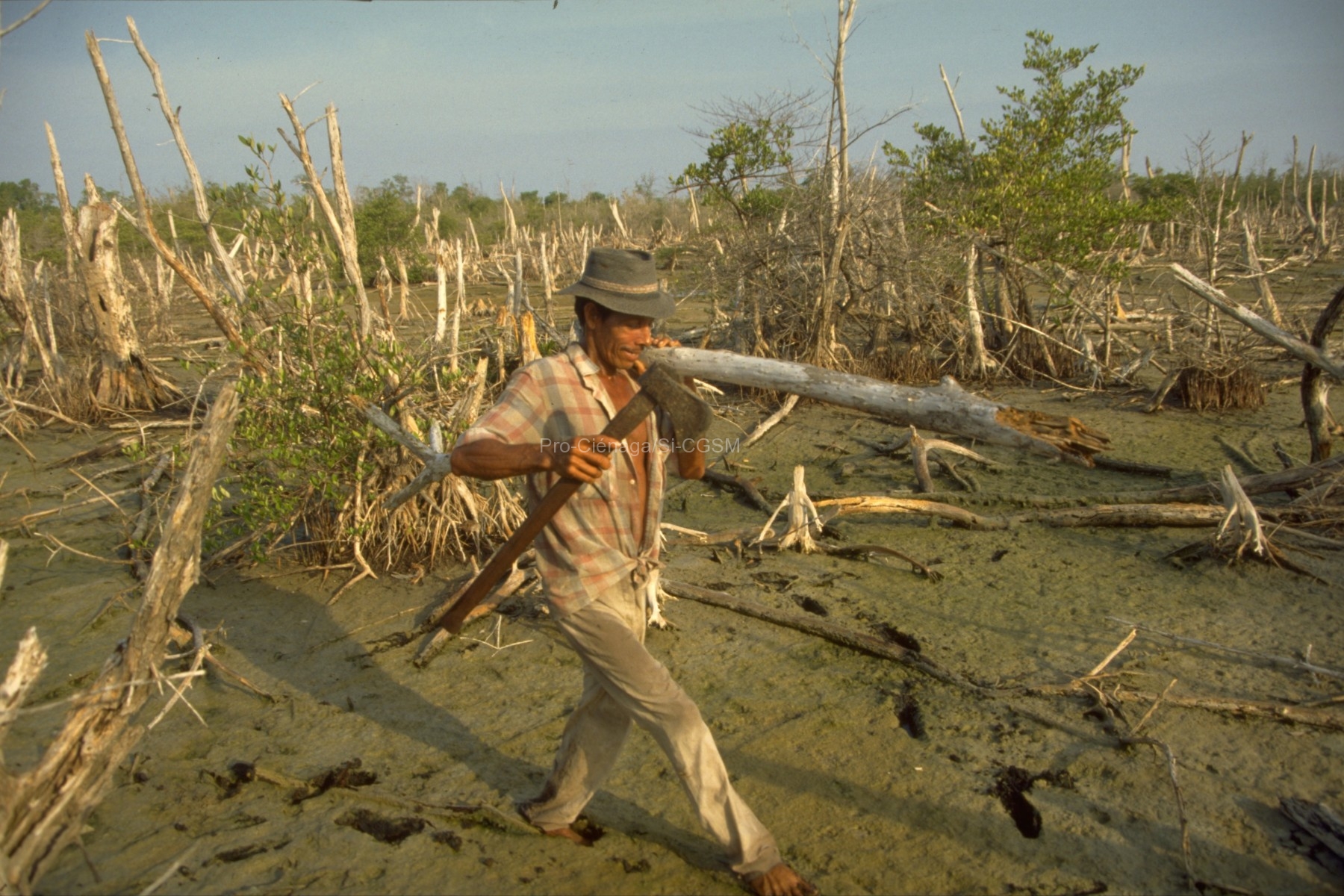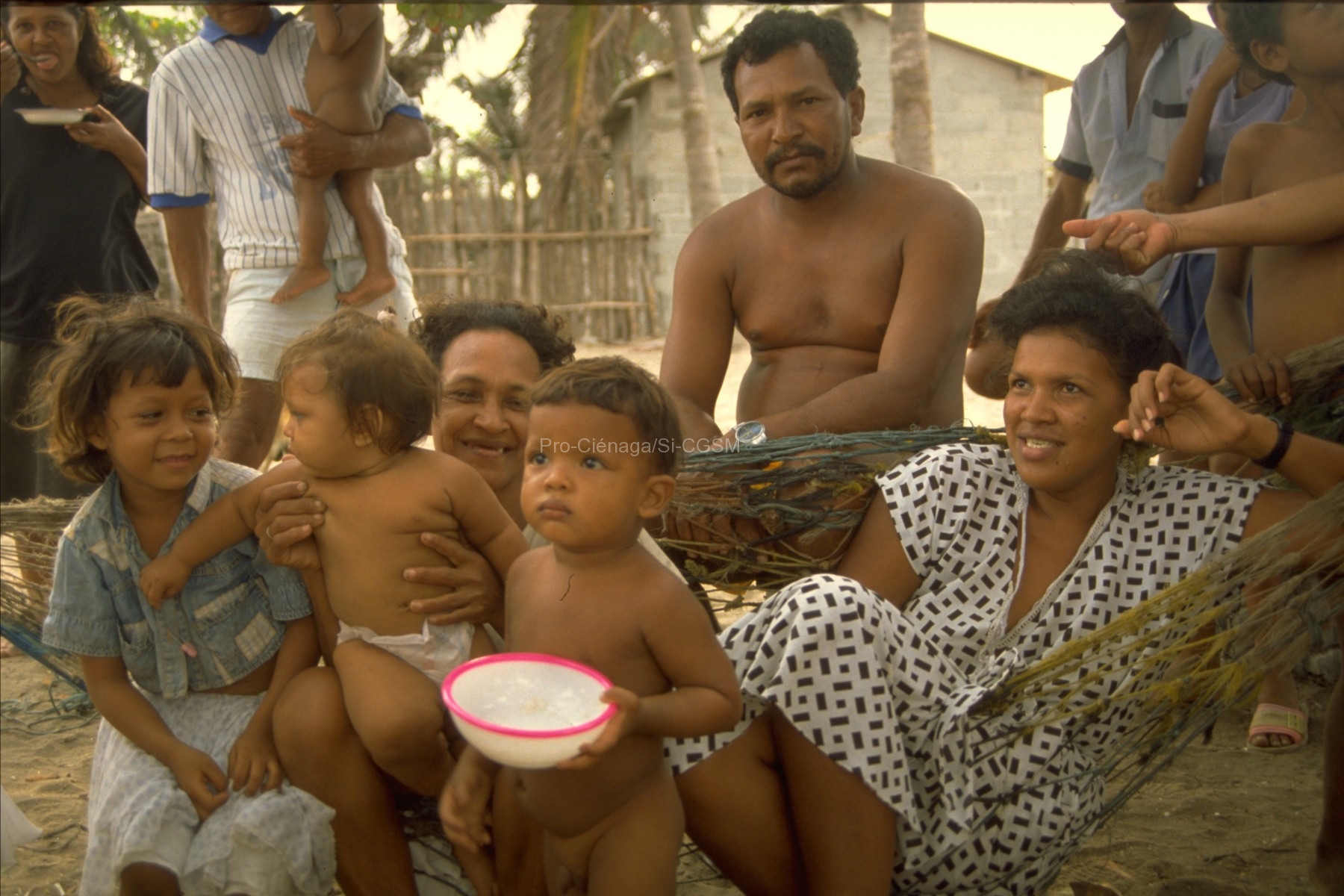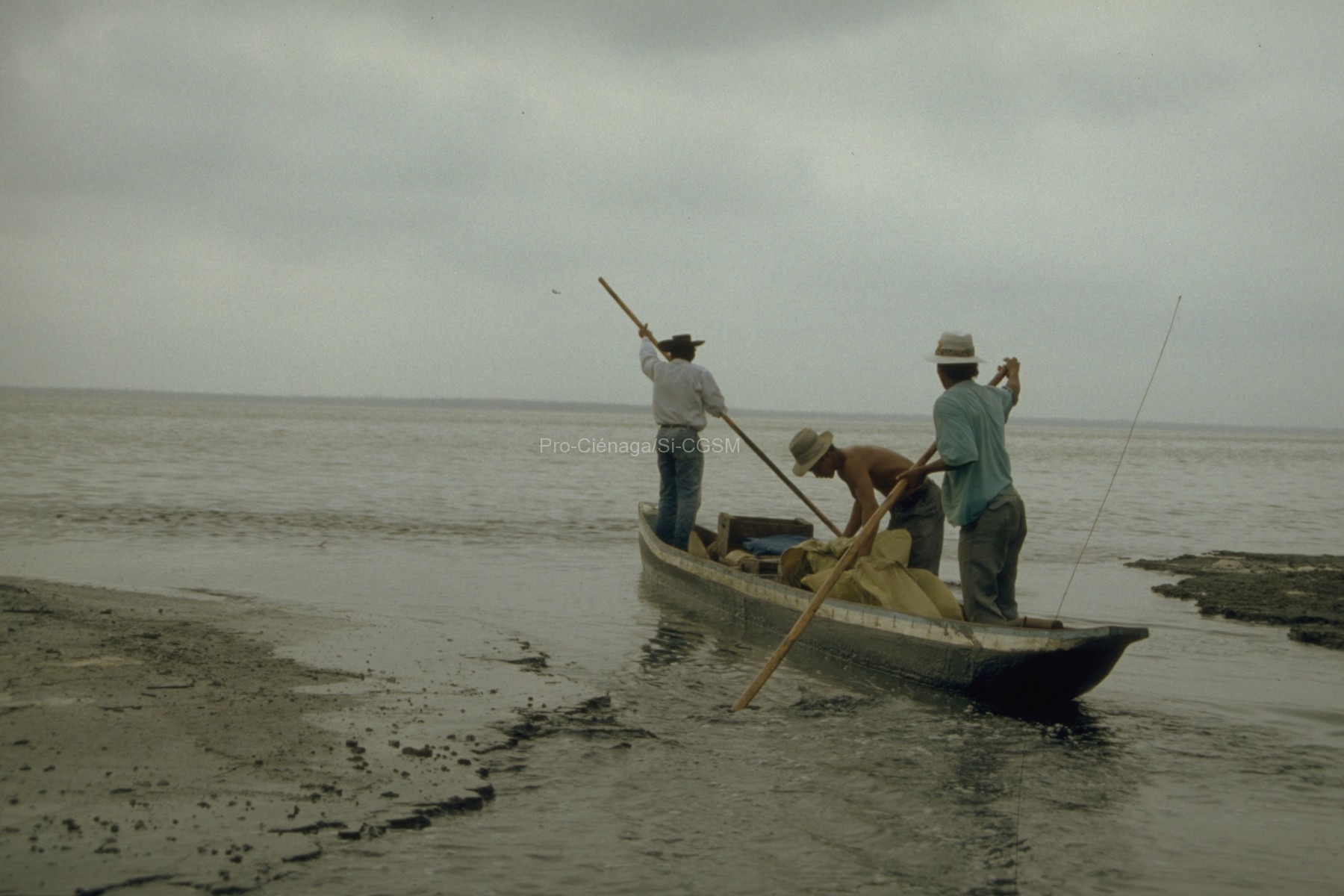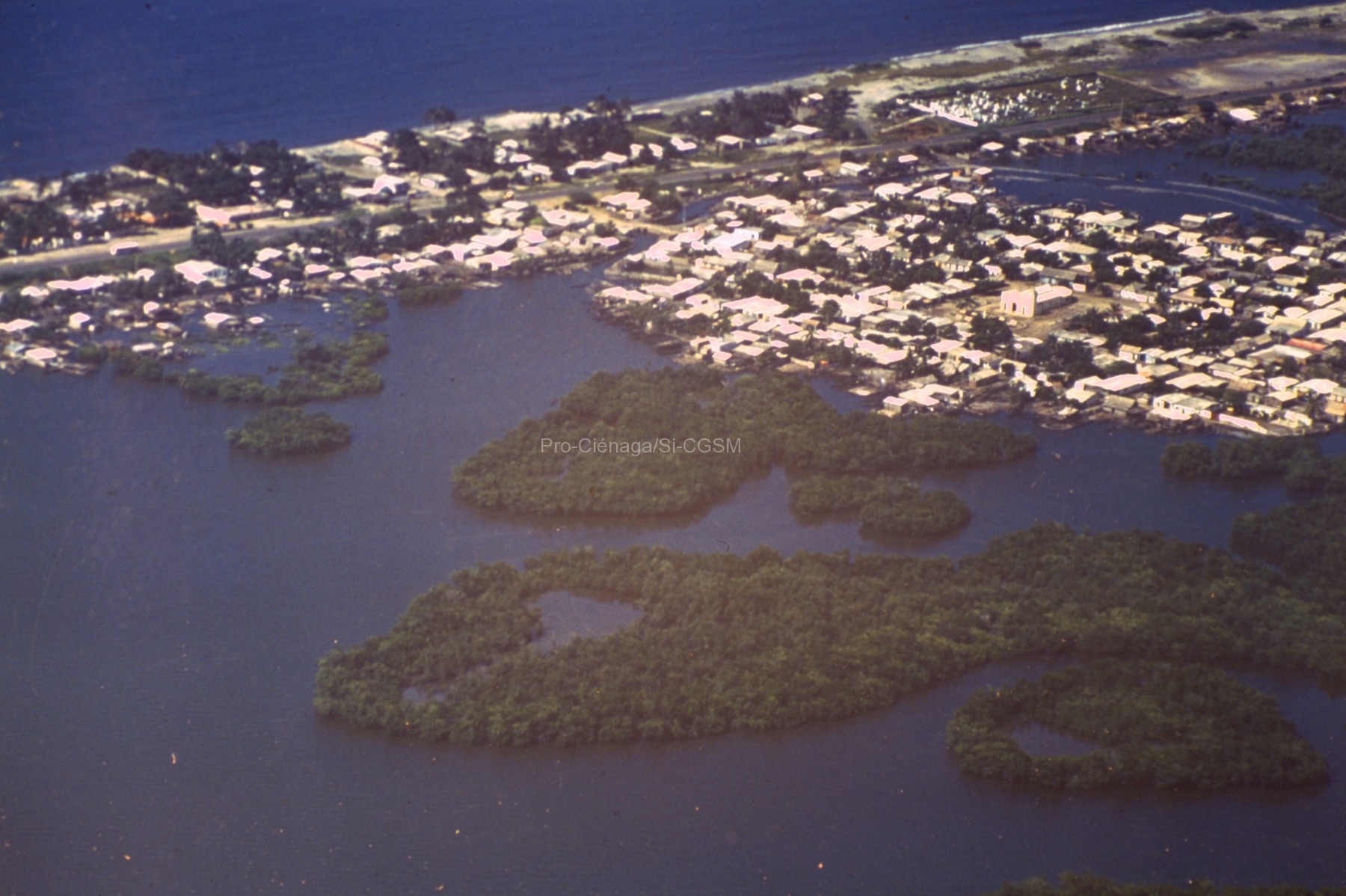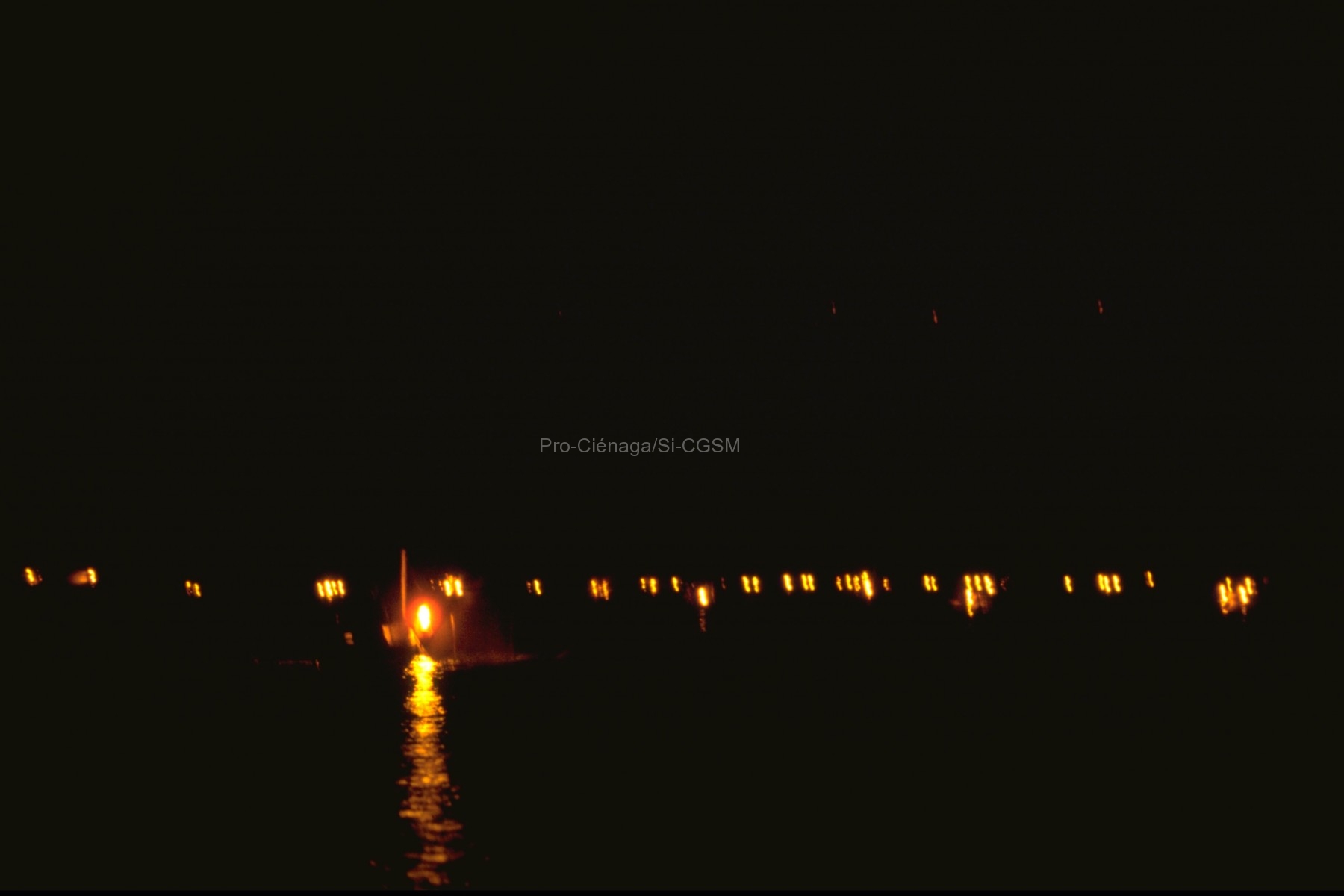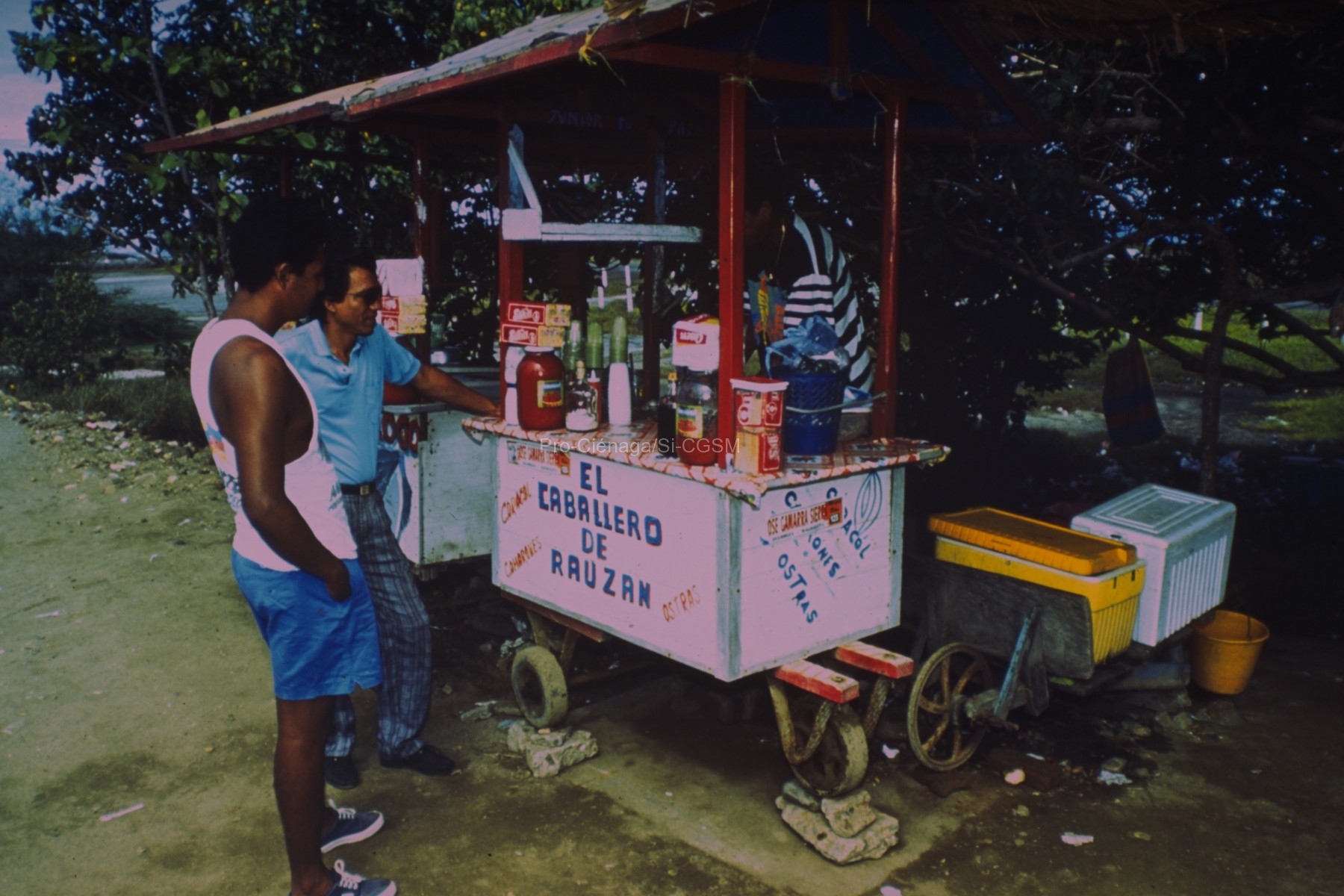https://doi.org/10.15446/abc.v27n2.92057
Vibrio cholerae is a potential human pathogen that inhabits aquatic environments, although its presence and abundance have been associated with increased water temperature, little research has been done on its ecology in tropical estuarine environments, where salinity changes tend to be more important. The present study evaluated the distribution of V. cholerae in the Ciénaga Grande de Santa Marta and its relationship with temperature and salinity; For this, between 2016 and 2018 this microorganism was quantified bimonthly in surface water samples, using TCBS agar and biochemical tests. V. cholerae was detected in 57 of 198 samples (28.8 %), varying in density between 5 CFU / 100 mL and 54,800 CFU / 100 mL. Between January and September 2016 there was a high average monthly salinity (≥ 28.7 ºC) and a low detection of the bacteria (0.01 %). Average salinity dropped drastically in November 2016 (9.6), coinciding with a proliferation of V. cholerae (geometric average 36.4 CFU / 100 mL). During 2017 and 2018, the average salinity remained below 15.2 and the detection of V. cholerae was higher (39.4 %) than in 2016, with higher densities in the months with lower salinity. At the BVA and NVE stations, where palaphytic populations are located, the highest average (geometric) densities were recorded, 25.3 CFU / 100mL and 15.4 CFU / 100mL, respectively. The results of this study show that salinity plays a determining role in the occurrence and abundance of V. cholerae in this tropical lagoon.


